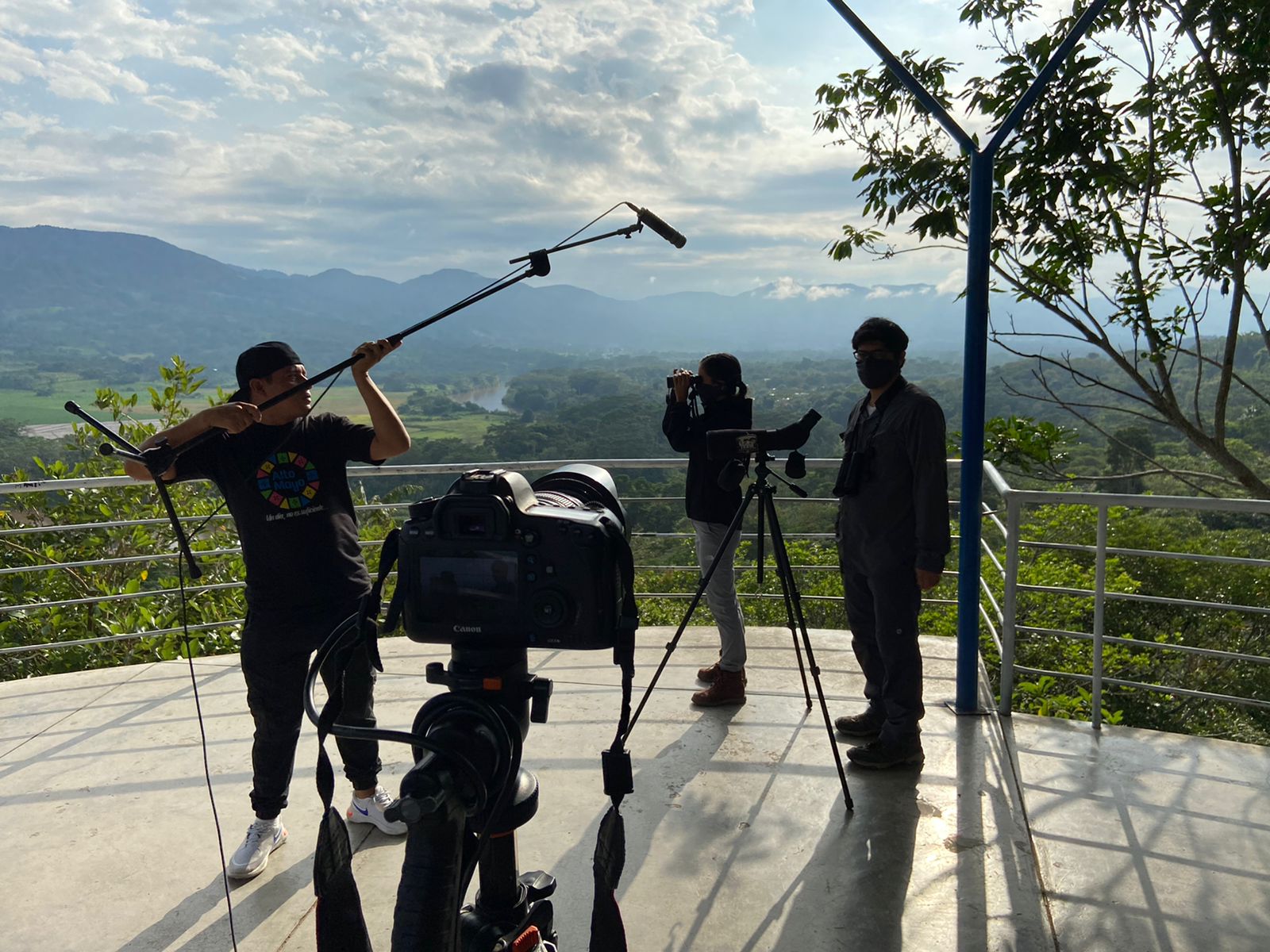Camera traps have revolutionized wildlife research and conservation, enabling scientists to collect photographic evidence of rarely seen and often globally endangered species, with little expense, relative ease, and minimal disturbance to wildlife. We use them to document wildlife presence, abundance, and population changes, particularly in the face of habitat loss and poaching.
Camera traps are also used to raise conservation awareness worldwide, as a way of reaching out to the public through the internet and social media.
Funding for the equipment, and having staff trained and enthusiastic to use them are critical. Also, the support and approval of the government are essential, especially since camera traps can be “weaponized” against researchers themselves when suddenly they are considered tools for spying.
It is key to have government's support and participation and make sure that the government knows what data is acquired through camera traps. When camera trapping is set in sensitive areas, it’s important that the government partners take decisions as to how the information and images acquired are stored and shared.
